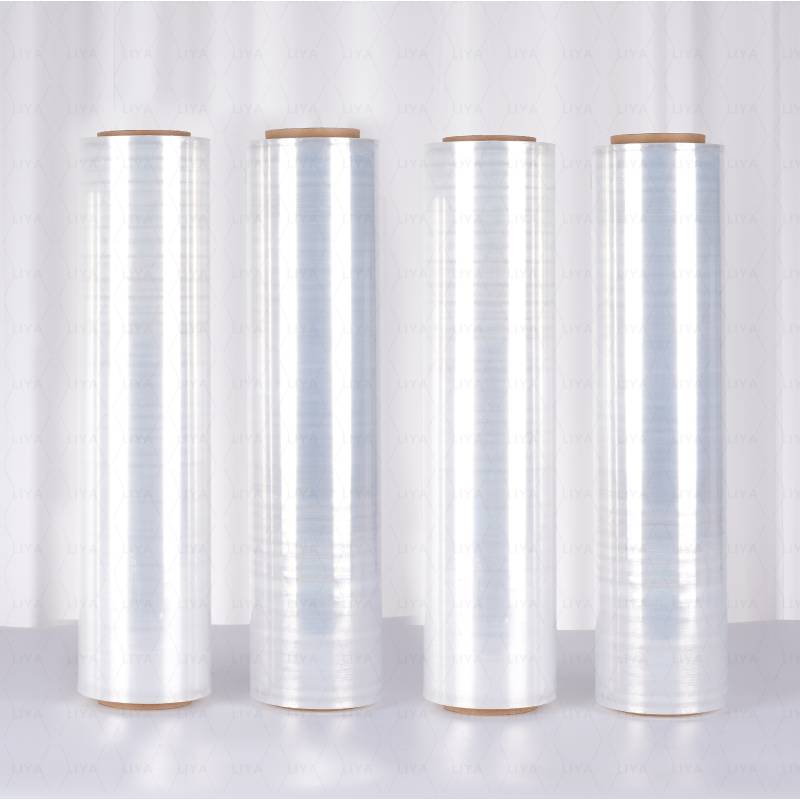Cost Analysis for Shipping Padded Envelopes to Different Locations
Understanding Shipping Costs for Padded Envelopes
In the realm of e-commerce and direct shipping, padded envelopes serve as a popular choice for sending lightweight, delicate items like jewelry, electronics, or documents. They provide a level of protection that standard envelopes lack, shielding the contents from potential damage during transit. However, when it comes to the logistics of sending these padded envelopes, understanding shipping costs becomes crucial for both sellers and buyers. This article delves into the factors that influence shipping costs for padded envelopes, offering insights that can help you make informed decisions.
Factors Affecting Shipping Costs
1. Weight and Dimensions The most significant factor affecting shipping costs is the weight and dimensions of the padded envelope. Most shipping carriers operate on a tiered pricing model based on weight categories. A standard padded envelope weighs more than a typical envelope due to its cushioning material, which increases the shipping cost. Additionally, the size of the envelope can also impact the cost. Carriers often charge more for larger shipments, even if they are light, due to their volumetric weight pricing policies.
2. Destination The destination of the package significantly influences shipping rates. Local shipments usually cost less than those sent nationwide or internationally. Shipping costs also vary depending on whether the delivery is to a residential or commercial address. Some carriers impose additional fees for residential deliveries, especially in less accessible regions.
3. Shipping Carrier Different shipping carriers offer various pricing structures and service options. Major carriers like USPS, UPS, FedEx, and DHL each have their own methods of calculating shipping costs. For instance, USPS provides flat-rate padded envelopes, which can be a cost-effective choice for shipping heavier items. Conversely, UPS and FedEx may offer competitive rates based on volume and business account status. Comparing prices across different carriers is essential to finding the best option for your shipping needs.
4. Shipping Speed Speed of delivery is another critical factor. Express services that guarantee faster delivery times typically come with higher costs than standard shipping options. If time is not a constraint, choosing a slower shipping method can result in significant savings.
5. Additional Services Optional services, such as tracking, insurance, or signature confirmation, can also add to the cost of shipping padded envelopes. While these services provide peace of mind, it's essential to balance the benefits against the added expenses.
shipping cost for padded envelope

Cost-Saving Tips for Shipping Padded Envelopes
1. Use Flat-Rate Options If you frequently ship items that fit within certain weight limits, consider utilizing flat-rate padded envelopes offered by carriers. These can simplify your shipping calculations and often provide cost savings, especially for heavier items.
2. Negotiate Rates For businesses that regularly ship large volumes, negotiating rates with carriers can lead to significant cost reductions. Many carriers offer discounts based on shipping frequency and volume.
3. Consolidate Shipments If you have multiple items to send to the same destination, consolidating them into a single padded envelope can help reduce costs.
4. Optimize Packaging Selecting the right size of padded envelope for your items can prevent overpaying for shipping based on size and weight. Always use the smallest viable envelope for your products.
5. Utilize Online Shipping Tools Most carriers offer online calculators that can help you estimate shipping costs. Taking advantage of these tools allows you to compare different options and select the most cost-effective method.
Conclusion
Shipping costs for padded envelopes can vary widely based on several factors, including weight, dimensions, destination, and shipping carrier. By understanding these elements and implementing strategic practices, you can effectively manage your shipping expenses. Whether you are a business owner or an individual sender, being informed about the intricacies of padded envelope shipping can lead to smarter decisions and potentially significant savings.
-
The Best Uses for Small Trash Bags in Daily LifeNewsJul.01,2025
-
Stylish Reusable Grocery Bags TrendsNewsJul.01,2025
-
Shipping Advantages of Using Bubble Envelopes BulkNewsJul.01,2025
-
How Compostable Mailing Bags Reduce Environmental ImpactNewsJul.01,2025
-
Environmentally - Friendly Bulk Poly MailersNewsJul.01,2025
-
Eco Friendly Custom Laminated Tote BagsNewsJul.01,2025
-
Have the freedom of customizing your custom mailers any way you want! Our dedicated packaging support will help deliver you the mailing experience you need to elevate your shipping experience to the next level! Start making a strong impression on your customers and stand out from your competitors! -
LIYA uses high quality raw materials which directly purchased from large enterprises domestic and overseas such as PetroChina, Sinopec, Sabic, Equate, ExxonMobil, Dow Chemical, Total, and Borouge, ensuring the price advantage and quality of the raw materials. -
LIYA uses high quality raw materials which directly purchased from large enterprises domestic and overseas such as PetroChina, Sinopec, Sabic, Equate, ExxonMobil, Dow Chemical, Total, and Borouge, ensuring the price advantage and quality of the raw materials.





